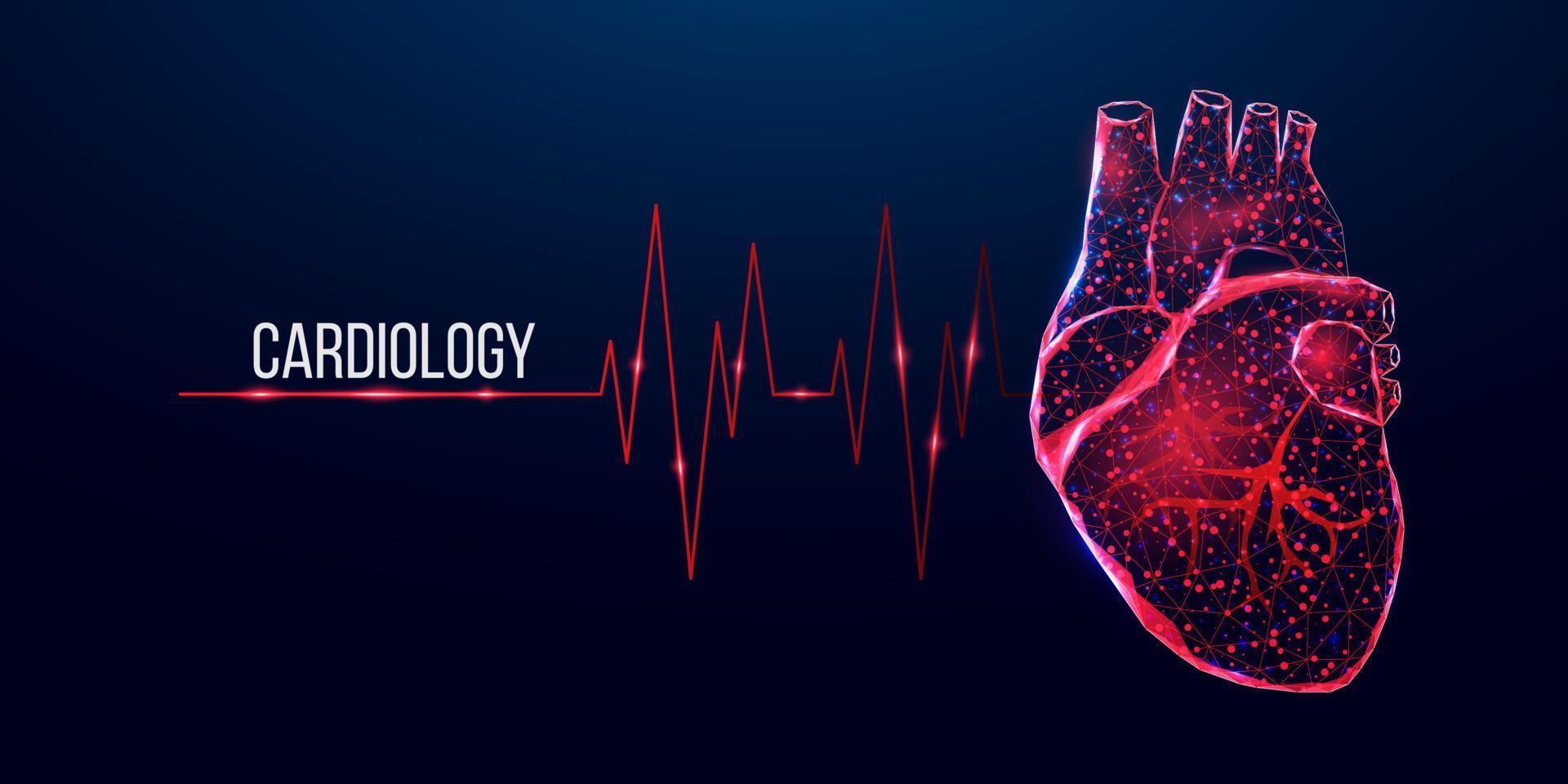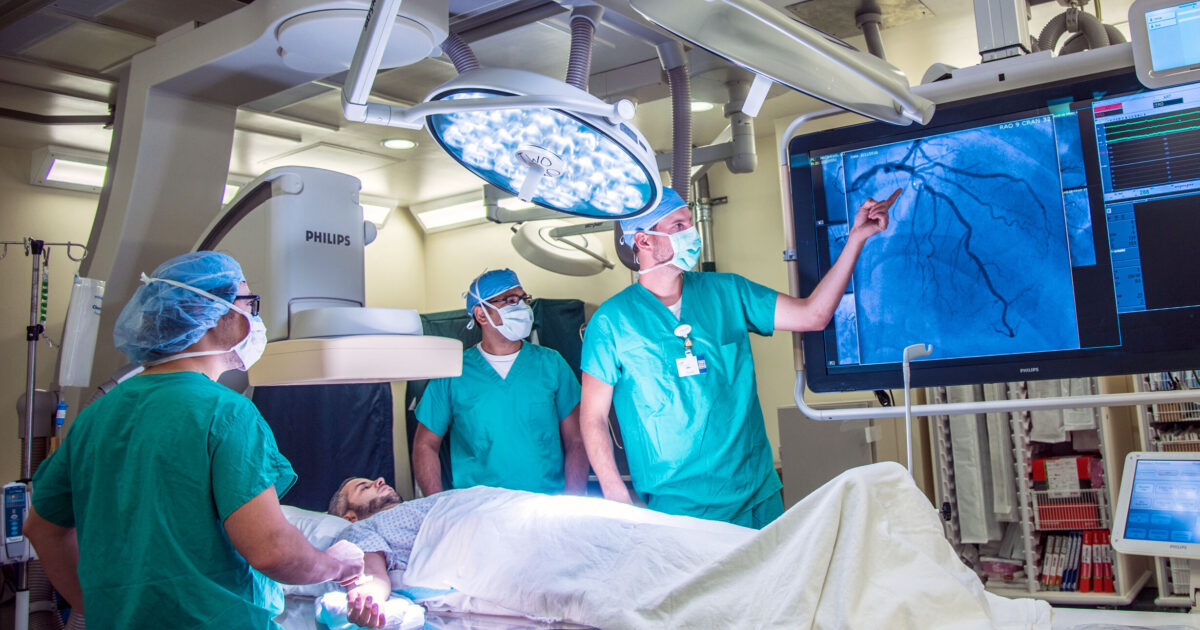Cardiology care nutrition guide: What to eat for a stronger heart
Cardiology care nutrition guide: What to eat for a stronger heart
Blog Article
Understanding the Importance of Cardiology in Modern Healthcare Providers
Cardiology plays a vital duty in contemporary medical care, specifically as heart problem continues to be the leading cause of mortality worldwide. Advancements in diagnostics and therapy have transformed person care, enabling earlier interventions and enhanced results. In addition, the change in the direction of preventative cardiology encourages people to handle their health proactively. As modern technology remains to progress, the combination of ingenious services may better redefine cardiology's influence on public wellness, motivating a more detailed assessment of emerging trends and their implications.
The Frequency of Cardiovascular Disease and Its Effect on Public Health And Wellness
Although cardiovascular disease remains the leading reason of fatality worldwide, its impact expands far past specific clients to affect public wellness systems and economic climates. The high occurrence of heart disease positions a considerable strain on health care resources, demanding enhanced funding for prevention, rehab, and therapy programs. Public wellness efforts must attend to threat elements such as excessive weight, cigarette smoking, and sedentary way of livings, which contribute substantially to the rising incidence of heart conditions.Moreover, the financial burden related to heart problem is immense, including not just straight medical expenses yet additionally indirect expenditures associated with lost performance and early mortality. Communities deal with obstacles in handling these prices, often resulting in variations in medical care access and outcomes. As the population ages and lifestyle-related dangers remain to intensify, the urgency for efficient cardiology treatments comes to be vital. Addressing heart condition is not just an issue of specific health yet also a vital public health concern.
Developments in Heart Diagnostics and Imaging Techniques
Recent improvements in cardiac diagnostics and imaging techniques have revolutionized the area of cardiology, boosting the capacity to keep track of and spot heart problem. Strategies such as cardiac MRI, CT angiography, and echocardiography have become significantly sophisticated, giving in-depth photos of heart structures and functions. These techniques enable for the early recognition of problems like coronary artery disease, heart failure, and valvular disorders.Moreover, innovations in non-invasive diagnostics, such as wearable technology and remote surveillance gadgets, have empowered clients and doctor. These devices help with real-time tracking of heart rhythms and other essential signs, resulting in prompt interventions. Additionally, expert system is being integrated right into imaging evaluation, enhancing precision and effectiveness in medical diagnosis.
Technologies in Therapy Options for Heart Issues
Recent developments in cardiology have actually brought about considerable innovations in therapy choices for heart conditions. These include innovative surgical methods that boost step-by-step results and arising medicines that use brand-new avenues for treatment. As the field develops, these developments play a vital function in boosting client treatment and end results.
Advanced Surgical Techniques
Developments in medical strategies have transformed the landscape of cardiology, using brand-new hope for clients with heart problems. Minimally intrusive treatments, such as catheter-based interventions, have actually significantly minimized recuperation times and medical facility remains. Strategies like robotic-assisted surgical procedure improve accuracy, enabling doctors to browse complex anatomical structures with greater accuracy. Advancements in imaging modern technology facilitate real-time visualization during procedures, boosting end results. Transcatheter aortic shutoff substitute (TAVR) exhibits an advancement in treating aortic stenosis, enabling valve substitute without open-heart surgery. In addition, hybrid strategies that incorporate catheter-based and surgical approaches give customized options for different cardiac issues. These advanced surgical techniques not just boost individual security however also increase therapy choices, underscoring the critical duty of technology in contemporary cardiology practices.
Arising Medicines and Therapies
As the landscape of cardiology continues to advance, emerging medications and treatments play a critical role in boosting treatment alternatives for heart disease. Developments such as unique anticoagulants and progressed lipid-lowering representatives have changed the management of heart diseases, greatly minimizing person morbidity and mortality. Additionally, the advancement of gene treatments and regenerative medication uses promising opportunities for treating problems previously regarded irreversible. Professional trials are consistently revealing the efficiency of these treatments, pushing the borders of conventional therapies. The combination of electronic health technologies promotes customized medicine, allowing for tailored therapy strategies based on hereditary and way of living factors. Jointly, these developments emphasize the vibrant nature of cardiology, improving person end results and redefining standards of treatment in contemporary medical care.
The Duty of Preventive Cardiology in Patient Care
Precautionary cardiology plays a necessary duty in client treatment by concentrating on the recognition of threat variables that contribute to heart disease. Through way of living adjustment approaches and very early discovery strategies, medical care service providers can efficiently minimize the occurrence of cardio occasions - Dr Garcia. This proactive approach not just boosts person end results however likewise advertises long-term health
Threat Variable Recognition
While heart diseases stay a leading source of morbidity and mortality worldwide, effective threat variable identification acts as a cornerstone of preventive cardiology. Identifying threat aspects such as hypertension, diabetes mellitus, household, and hyperlipidemia background is crucial for very early treatment. Medical care specialists use numerous evaluating approaches to review these variables, enabling customized preventative steps. Additionally, comprehending a client's way of living options, such as smoking and physical lack of exercise, further educates risk analyses. This complete assessment makes it possible for clinicians to establish personalized treatment strategies aimed at mitigating threats. By prioritizing threat factor recognition, medical care systems can enhance individual end results and decrease the total concern of heart diseases, ultimately adding to enhanced public wellness techniques and resource allowance.
Way Of Living Modification Methods
A plethora of studies highlights the vital duty of way of living adjustment approaches in reducing cardiovascular illness danger. These approaches incorporate dietary changes, enhanced exercise, smoking cigarettes cessation, and weight management. By adopting a heart-healthy diet plan rich in fruits, vegetables, whole grains, and lean proteins, individuals can reduce cholesterol degrees and blood pressure. Routine physical task enhances the heart and enhances general cardio health and wellness. Additionally, stopping smoking cigarettes substantially decreases the danger of heart problem and improves healing prices for those with present problems. Weight monitoring additionally adds to cardiovascular health and wellness by reducing other risk factors such as diabetes and high blood pressure. Applying these way of living alters not only advertises individual well-being however additionally acts as a cornerstone of preventative cardiology in individual treatment.
Early Detection Strategies
Way of life adjustments significantly add to lowering heart disease risks, yet they are most reliable when coupled with early discovery methods. Preventive cardiology stresses the relevance of identifying possible heart problems before they rise into significant conditions. Techniques such as blood stress tracking, cholesterol testing, and advanced imaging technologies like echocardiograms play critical functions in evaluating cardio health and wellness. Biomarkers and genetic screening additionally improve the accuracy of early discovery, permitting customized preventative methods. Regular cardiac threat examinations empower health care service providers to interfere proactively, potentially protecting against cardiovascular disease and strokes (Cardiology Jupiter). By incorporating these very early detection techniques right into routine care, people can take advantage of timely way of life treatments and targeted therapies, ultimately enhancing end results and improving lifestyle
Integrating Technology Into Cardiology Practices
As improvements in modern technology continue to reshape different areas, the integration of ingenious tools and systems right into cardiology techniques has actually become important for improving person care and outcomes. Telemedicine platforms permit cardiologists to keep an eye on people from another location, boosting accessibility to care while reducing the problem on health care centers. Wearable gadgets, such as smartwatches, make it possible for continual heart price surveillance, signaling both medical professionals discover this info here and patients to potential issues in real-time. Additionally, artificial intelligence (AI) is being made use of to evaluate large amounts of cardiac data, assisting in very early medical diagnosis and tailored therapy strategies. Advanced imaging methods, consisting of 3D echocardiography, improve visualization of heart structures, resulting in much more precise treatments. Digital health and wellness records (EHRs) enhance client details monitoring, making sure that cardiologists have instant access to crucial information. With each other, these technological developments are changing cardiology, advertising positive management and boosted health and wellness outcomes for people with cardiovascular conditions.
The Relevance of Client Education And Learning and Interaction
Person education and engagement play a pivotal duty in the management of cardio health. By equipping people with expertise regarding their problems, treatment choices, and way of living modifications, doctor encourage individuals to take an active function in their treatment. This proactive technique can bring about improved adherence to recommended medications, dietary adjustments, and exercise regimens, eventually lowering the risk of complications.Engagement likewise promotes a solid patient-provider connection, urging open interaction and trust fund. When patients feel notified and included, they are extra likely to voice worries and ask concerns, which can result in far better scientific end results. Furthermore, educational resources, such as workshops or electronic systems, can enhance understanding and advertise self-management strategies. Generally, focusing on individual education and learning and involvement is crucial for improving cardiovascular wellness, enhancing lifestyle, and lowering health care costs related to cardiovascular conditions.
Future Trends in Cardiology and Their Potential Influence

Regularly Asked Inquiries
What Way Of Life Modifications Can Decrease Cardiovascular Disease Risk?
The current inquiry addresses way of living changes that can greatly lower cardiovascular disease danger. Cardiology care. Embracing a well balanced diet plan, taking part in regular exercise, preserving a healthy weight, taking care of anxiety, and preventing cigarette can significantly improve cardiovascular wellness
Exactly How Can I Recognize Very Early Signs of Heart Troubles?
Acknowledging early indications of heart problems entails surveillance signs and symptoms such as breast discomfort, shortness of breath, exhaustion, and irregular heart beat. Timely recognition of these indicators can motivate required clinical examination and intervention for much better outcomes.
What Are the Distinctions In Between Cardiologists and Cardiac Surgeons?
The distinctions between cardiologists and cardiac surgeons lie in their duties; cardiologists mostly diagnose and handle heart problems through non-invasive techniques, while heart surgeons do surgeries to fix architectural heart issues. Each plays a crucial, distinctive role.

How Frequently Should I Get My Heart Health And Wellness Checked?
The regularity of heart medical examination differs based on individual risk variables. Usually, grownups need to undertake examinations every one to two years, while those with present problems may call for even more regular assessments as advised by health care experts.
What Function Does Genetics Play in Heart Problem Threat?
Genetics significantly affects heart problem danger, with domestic patterns showing inherited problems. Certain genes can incline individuals to high blood pressure, cholesterol problems, and other cardio problems, highlighting the significance of genetic testing in evaluating heart wellness. Heart illness continues to be the leading cause of fatality internationally, its impact prolongs much beyond specific clients to affect public wellness systems and economies. Public wellness initiatives need to address danger factors such as weight problems, smoking, and inactive way of livings, which contribute greatly to the increasing occurrence of heart conditions.Moreover, the economic concern linked with heart disease is enormous, incorporating not only direct medical prices but also indirect costs connected to lost efficiency and early death. Preventive cardiology plays a vital duty in patient care by focusing on the recognition of threat elements that contribute to heart illness. Fabricated intelligence (AI) and device her explanation discovering are boosting diagnostics and person monitoring, enabling early detection of heart illness. The differences in between cardiologists and cardiac specialists exist in their duties; cardiologists largely manage and diagnose heart conditions through non-invasive methods, while cardiac doctors execute medical treatments to remedy architectural heart problems.
Report this page